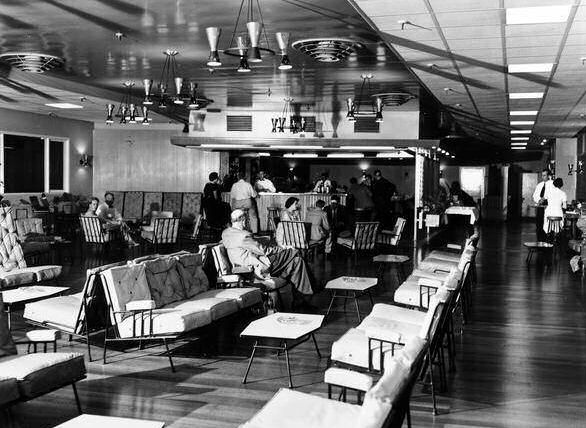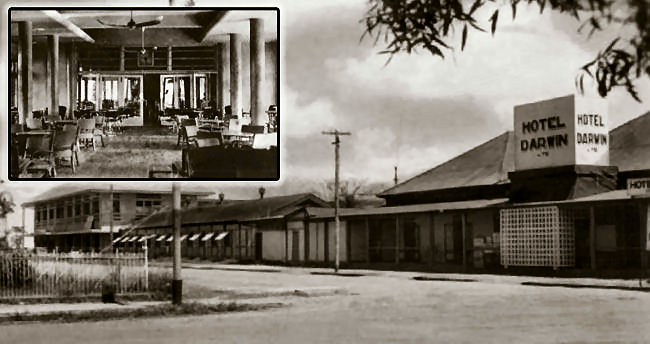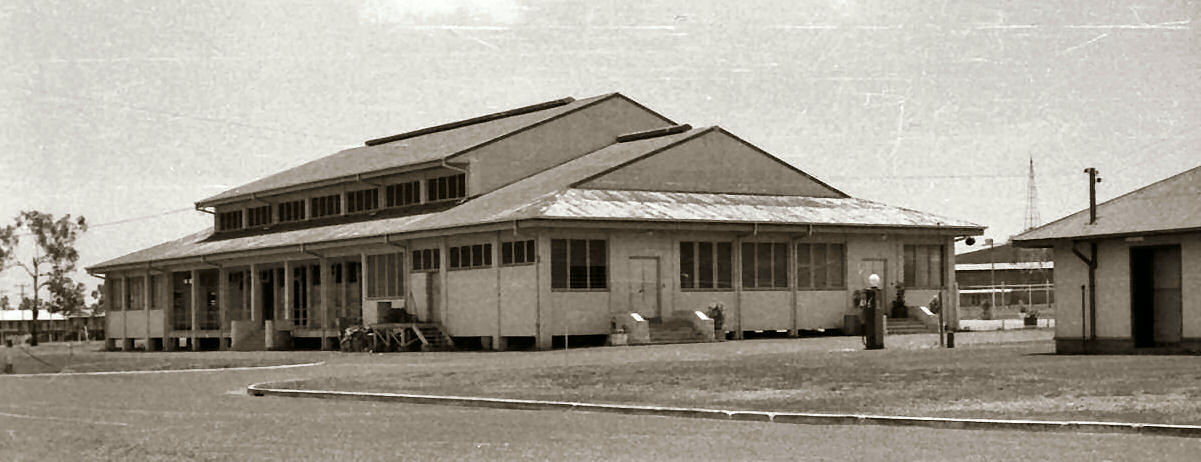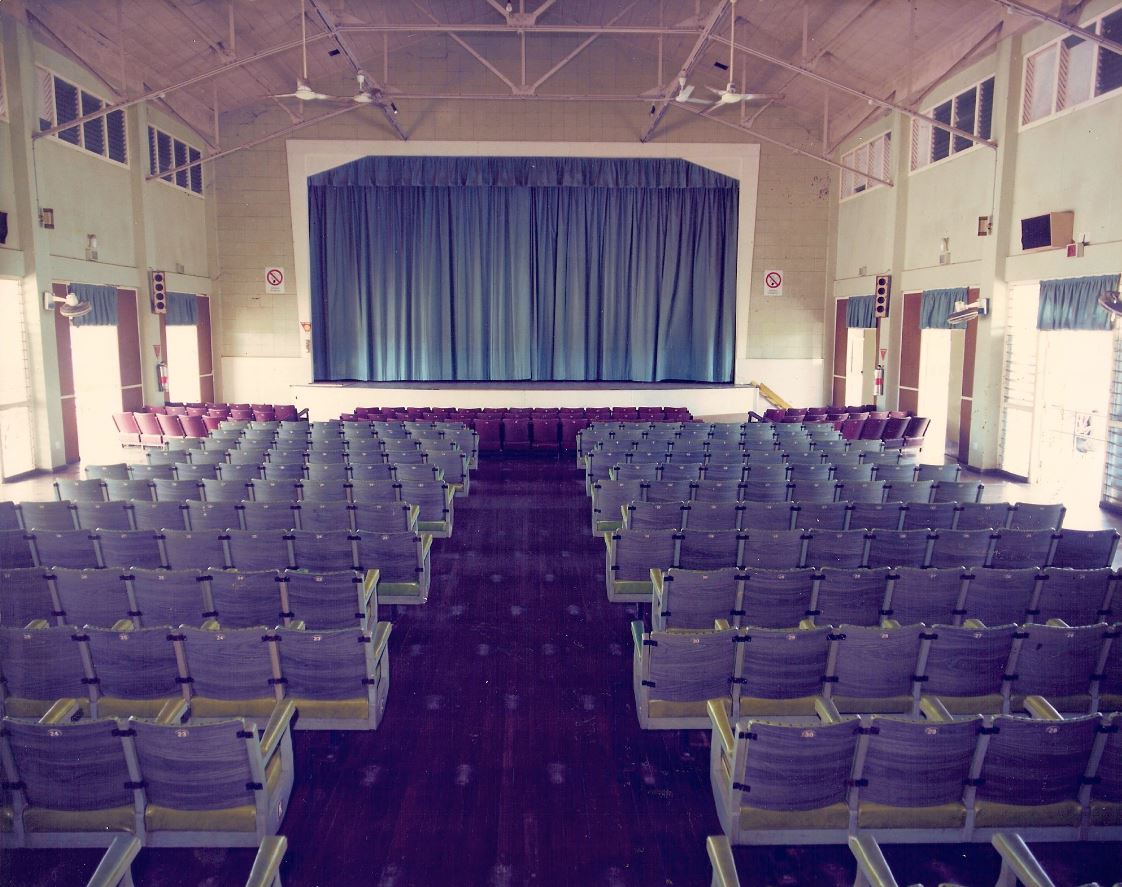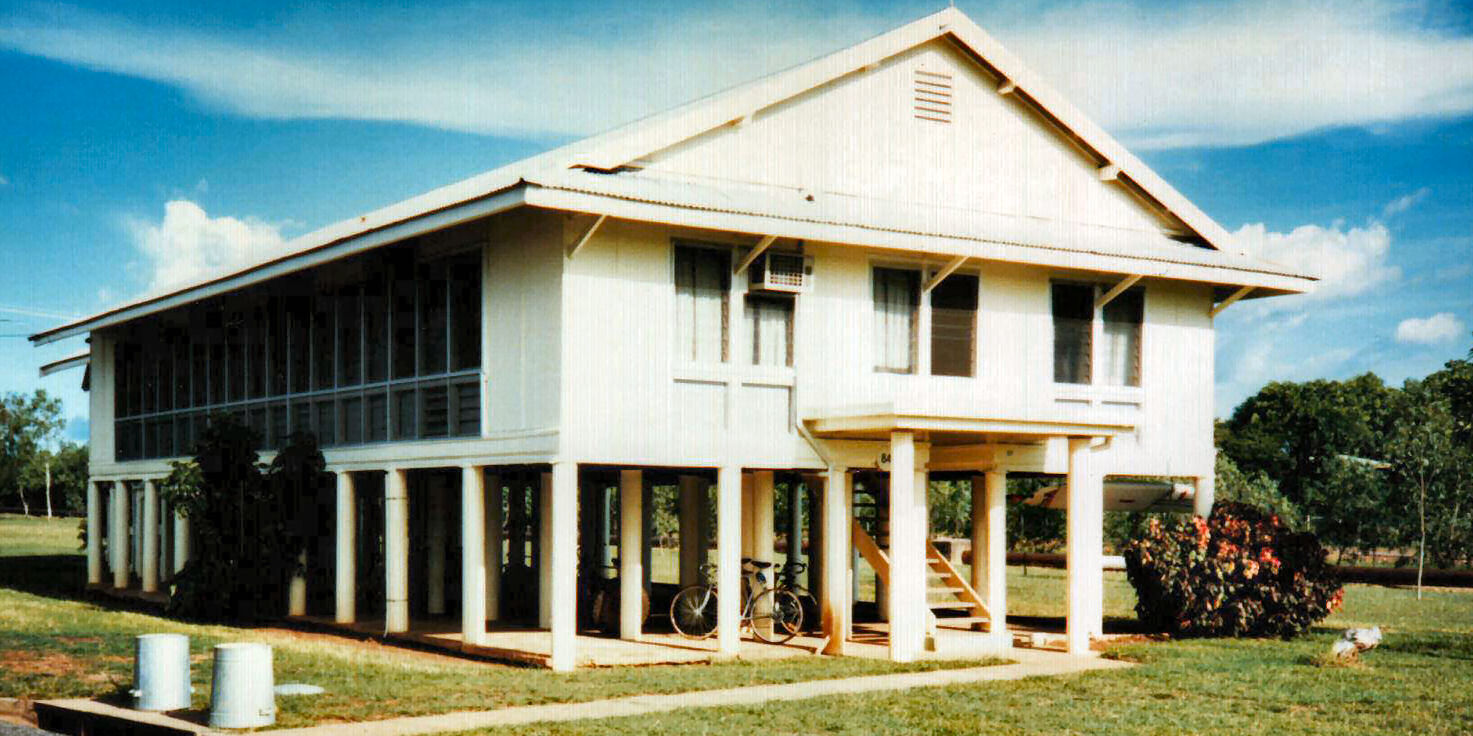|
|
|
|
Radschool Association Magazine - Vol 43 Page 16 |
|
|
Privacy Policy | Editorial Policy | Profit Policy | Join the Association | List of Members | Contact us | Index | Links |
|
|
Back Go to page: 1 2 3 4 5 6 7 8 9 10 11 12 13 14 15 16 17 18 19 20 Forward |
|
|
|
|
|
A Close Call.
A Story from RAAF Caribou Aircraft Operations in Papua New Guinea.
Ted Strugnell
It was a beautiful day for flying as we fell to the day’s assigned
task of moving a group, from memory probably about a company of
Pacific Island Regiment grunts (infantrymen) from Telefolmin in the
highlands near the Irian Jaya border with PNG, to Green River,
really
This was the last day and the last task after operating for about a week on the North Coast, away from our main detachment base in Port Moresby and a long way from 38 Squadron’s home base at Richmond. This task consisted of ferrying the grunts in several sorties of approx. 30 troops at a time (our max capacity). For so long away from detachment base it was not unusual to take one or more ground crew as supplementary (super) crew to assist with loads, re-fuelling, re-oiling and to fix any unserviceabilites as they occurred. On this aircraft there was the normal crew of pilot, co-pilot, loadmaster plus me as the super crew. In this case the pilot and loadmaster had just returned from a tour of South Vietnam and had already had their share of adrenalin pumping flying and I was to take up a posting to Vietnam at the end of this detachment.
The task soon got down to a routine of ensuring weapons cleared, magazines off, grunts aboard seatbelts on, extra gear tied down near the ramp, take that lot to Green river, come back for the next lot and repeat the process. Throughout these sorties the aircraft operated as advertised. The task was complete without incident in time for a late lunch of whatever in-flight rations the previous night’s accommodation has supplied, eaten while sitting on the ramp door of the aircraft.
During lunch
there was quite a bit of discussion on the route we should take
home. The options were the safer longer way low level around the
coast or the shorter high altitude route over the Owen Stanley
Ranges running the risk of the weather closing in which would
necessitate a turn back and another night away. Our
unpressurized Caribous with Pratt and
We made it over the ranges, only just, pushing it at 14,000 feet and at that altitude we were high enough to be on oxygen. At least all were on oxygen except me as we only carried one walk around bottle for the loadmaster so I sat there with finger nails turning blue and a walk down the length of the aircraft was exhausting.
It was while at low level tracking down the South coast towards Moresby when the port engine started misfiring. As per procedures the port engine was immediately shut down to remove the risk of fire and the propeller feathered to reduce drag. We faced a slow flight home on one engine just maintaining altitude, however not too far from Moresby and no big deal so far. That was until the starboard engine instruments indicted that engine was also failing. Now what are we going to do? We were in a twin engine aircraft a long way from any airfield with at least a reasonable possibility of both engines failing.
There followed a tense period during which the port engine was restarted and both engines were powered on and off in turn in an attempt to determine which engine had a “hard” failure and which engine, if any, was still producing sufficient power and to hold us in the sky and get us back to Moresby. In other words we were trying to determine which engine had a material / metal failure (con rod parted, cylinder head blown off etc.) and which (hopefully) may have only been an indication failure or a more minor fuel / carburetor problem.
In the heat of the moment the co-pilot suggested that we re-start both engines and fly with both defective engines until they both seized and then try for a wheels-up landing on the beach. This brought comments in much stronger language than I can use here to the effect that the co-pilot thought he was Douglas Bader re-incarnated or something like that.
Even at that low level we were having difficulty maintaining altitude on one engine and as options were considered there was even a suggestion that we jettison the load, if we had one that is. The problem was the only load we had was a tool box and fly away kit or two and our personal baggage. Groan, I could see my Upper Sepik mask floating forever somewhere in Torres Strait.
In the event sanity prevailed. The captain opted to re-feather the port engine which was definitely failing, powered up the starboard engine, declared a PAN (urgent assistance required, no immediate threat to life; would have been a MAYDAY a couple of minutes before) and requested clearance for a straight in approach to Moresby. The co-pilot carried out a near perfect single engine landing ahead of the thankfully-not-required emergency services. Four very grateful aviators, after signing over the aircraft to the ground crew, were met by the Detachment Commander holding four beautiful cold frothy beers, easily the best I have ever tasted.
As always there were a lot of “what ifs” with this one. What if one or both of those engines failed on take-off atTelefolmin with a full load of thirty troops and their gear aboard and those big mountains at either end of the only runway. Or, what if they failed over the Owen Stanleys with no way to hold that sort of altitude on one engine and no visibility and clouds full of rocks below us with nowhere to land, even if we could see. Or, what if both engines failed on the coast and we were forced into landing on or just off some remote beach in PNG.
Suffice to say at this time we were having ongoing problems with a bad engine overhaul contractor which may have had something to do with it. Ironically not long before this a similar incident occurred with exactly the same crew, including me, and the same aircraft with a different engine only this time we had a full load of freight and many more ground crew than just me as we were taking off from Richmond (Sydney) for Port Moresby. In this case the engine failed catastrophically and violently with thumping sound effects and the Windsor Golf Course was looking good for a landing; but that’s a story for another day.
I shudder to think of those “what ifs” and what might have been or, more to the point, what might NOT have been, every time I’m reminded of it by a glimpse at that Upper Sepik mask, real or otherwise, now hanging on the wall in my younger daughter’s house.
|
|
|
Skyland News.
If you were involved in the aviation game in PNG back in the late 1970’s, you probably read the Skyland News religiously. This little magazine was the self-titled “Leading Aviation and Travel Publication” and was produced by a couple of Air Niugini F27 pilots, who shall remain name-less, (one name rhymes with Alky), and it usually caused a stir when published.
We recently found a copy and you can read and/or print a copy of it HERE
|
|
|
The quickest way for a mum to get her children's attention is to sit down and look comfortable. |
|
|
|
|
|
Infantry Soldier’s kit.
Over the years the Australian soldiers’ kit has significantly
improved. A WW2 digger would
The Digger's basic combat ensemble from East Timor in 1999 that cost $3700 has morphed into a high-tech $27,700 outfit in Afghanistan today but the comparative cost of the kit of yesterday and of today should not be a factor in providing protection and ability to our soldiers. A soldier’s life is surely worth a lot more than $27,700.
Army has identified the need for a Soldier Combat Ensemble (SCE) that is designed to be functional and fulfil its intended purpose. This means that different types of combat uniform, load carriage and body armour systems are required and now provided for different roles and tasks.
In broad terms, the SCE includes: combat clothing (combat uniform, footwear and cold weather clothing); personal protection systems such as body armour, combat helmets and eye protection; and individual load carriage systems such as equipment pouches and field packs.
The 2013 outfit includes multicam, uniform, ballistic glasses, tiered body armour, GPS, pelvic protection system, stretch pants, knee pads and high-tech fitted boots. A collaboration between battle hardened soldiers, defence scientists and the purchasing body, the Defence Materiel Organisation, (DMO) has abandoned methods where quantity was king and price was paramount, and streamlined the link between feedback and production.
The 1999 version included a large field pack, Somalia-era flak jacket, old style webbing and camouflage uniform and Vietnam era combat boots. With a long history of crook boots, overweight body armour, inferior clothing and dodgy packs and pouches, the DMO had plenty to work on and in three short years it has made some big strides.
|
|
|
|
|
|
|
|
|
It is hoped that mistakes like the 2010 purchase of 17,000 sets of inappropriate body armour will never happen again.
|
|
|
The sole purpose of a child's middle name is so he/she can tell when he/she's really in trouble..
|
|
|
Darwin
Keith Dudman was posted to Darwin many moons ago and while there took many pictures. He has sent us a few.
Keith says, “This scanned photo may be of interest. It was handed to me when I passed through Darwin in 1956. It shows the two cross runways in use at that time. Heading numbers unknown. The cleared area at the top is where the current International airport now stands. This was being cleared by 5ACS. Also visible are the old wartime taxiways and dispersal bays.
The control tower and water tank with its checkerboard pattern are in the top centre. To the right is the old civil air terminal. The Sgt’s mess and quarters are to the right of the air terminal, the airman’s (erks) mess is below that. The officers’ mess is in a direct line from the control tower and the hangar. Headquarters is the building at the top of the road circle and the picture theatre/ gymnasium at the bottom of the circle.
The main gate is mid lower right with the rail line and Sturt Hwy as semi circles centre right. Click HERE for a bigger view.
|
|
|
|
|
|
|
|
|
These two Boeing B29’s flew into Darwin sometime in 1956 on a navigation exercise from Guam. Keith was not been able to pinpoint the Sqn or BOMB GRP they were from and the serial number on one does not give any clues as all B29 serial numbers started with the year of manufacture ie 46-xxxx, 44-xxxx etc.
|
|
|
|
|
|
|
|
|
|
|
|
The Vampires and Mustangs were from Williamtown in 1955. The Mustangs were used as drone towing aircraft for the Vampires and Meteors at that time.
The long nose Lincoln was in Darwin in 1956.
|
|
|
|
|
|
|
|
|
The next two photos show a Lockheed Constellation aircraft on the hardstand outside the civil air terminal, a stop- over on the then Kangaroo Route between Australia and the U.K. These were the long range version and the only inter-continental aircraft that Qantas used at that time. You can also see a RNZAF Hastings parked near the hangar.
|
|
|
|
|
|
|
|
|
|
|
|
|
|
|
The two photos below show a Canberra that was on exercises in Darwin in 1956 and which when it had an hydraulic failure in the undercarriage. The pilot was told to eject and ditch the aircraft instead he bought it in for a safe belly landing, tearing off about $100 worth of aluminium. I was told he got a promotion as a result of saving the aircraft. The blue flash on the vertical stabiliser indicates that it was from 1 squadron Amberley.
|
|
|
|
|
|
|
|
|
|
|
|
|
|
|
The next two photos show the RNZAF Hastings which came to grief on take- off one early morning on its way from Hong Kong to New Zealand. Just as it lifted off from the runway it flew into a flock of eagles some of which were sucked into the air intakes on the wing leading edge. As a result the engines quit. It dropped like a stone onto the cement apron, skidded through the cleared approach area, through a fence, bounced over two water mains.
|
|
|
|
|
|
|
|
|
Its nose hit the rail line (which went only as far as Birdum at that time) pivoted around facing the way it had come from and the rear fuselage resting on the Sturt Highway. All the engines and undercarriage were ripped out. The aircraft was then stripped of equipment and the shell thrown into the bush. |
|
|
|
|
|
|
|
|
|
|
|
The photo below shows a Comet Mark IV ready for take-off, piloted by wartime hero Grp Captain (cats eyes) Cunningham. It was on a good will tour of Commonwealth Countries to drum up sales following the earlier Comet disasters but as we all know, Boeing beat them with the 707 .
|
|
|
|
|
|
|
|
|
|
|
|
We got the following pics of Darwin and thereabouts from Chrissy Hart. There has to be a memory or two in here.
Below left, Chrissy (1990) in the Cutta Cutta Caves which are down near Katherine and right, the old Darwin Airport Lounge Bar.
|
|
|
|
|
|
|
|
|
Below, the Darwin Hotel, this must be an old pic as I was there in 1970 and it was a substantial building then, with the “Hot” and “Cold” bars.
|
|
|
|
|
|
Darwin Cinema and ASCO, 1959. |
|
|
|
|
|
Darwin Cinema. |
|
|
|
|
|
|
|
|
Airman's Accommodation block. |
|
|
|
|
|
|
|
|
|
|
|
Dear paranoid person who checks behind the shower curtain for murderers, if you find one, what's your plan? |
|
|
|
|
|
Back Go to page: 1 2 3 4 5 6 7 8 9 10 11 12 13 14 15 16 17 18 19 20 Forward |
|
|
|
|

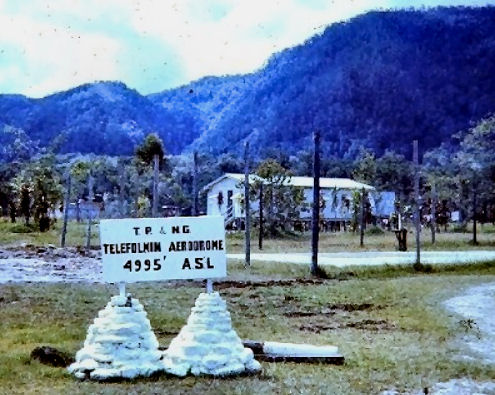 just a clearing in the jungle. The weather held, which was just as
well as Telefolmin was a typical PNG strip, somewhat better than
most, however still with high mountains at both ends and definitely
where we didn’t need limited visibility. These strips were what our
STOL (Short Take-off and Landing) Caribou was designed for. This
work horse of an aeroplane we operated was the largest aircraft that
could get into and out of many of these jungle fields.
just a clearing in the jungle. The weather held, which was just as
well as Telefolmin was a typical PNG strip, somewhat better than
most, however still with high mountains at both ends and definitely
where we didn’t need limited visibility. These strips were what our
STOL (Short Take-off and Landing) Caribou was designed for. This
work horse of an aeroplane we operated was the largest aircraft that
could get into and out of many of these jungle fields.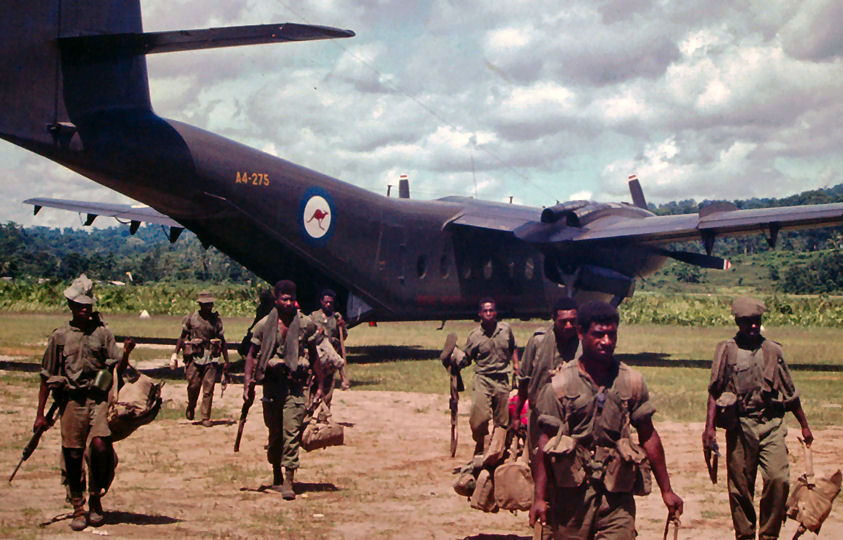
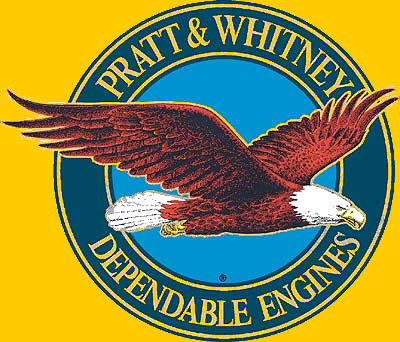 Whitney
piston engines were labouring at 10,000 feet and we definitely
didn’t have the altitude capability to make it over the ranges
safely if the weather closed in. As there was now no load and only
the crew and their baggage aboard the aircraft, after a quick trip
back to Wewak to pick up fuel, the Captain opted to go over the
Highlands. This could have been our downfall. The Captain gave the
co-pilot the opportunity to fly the aircraft from the left hand seat
while he flew as check Captain from the right.
Whitney
piston engines were labouring at 10,000 feet and we definitely
didn’t have the altitude capability to make it over the ranges
safely if the weather closed in. As there was now no load and only
the crew and their baggage aboard the aircraft, after a quick trip
back to Wewak to pick up fuel, the Captain opted to go over the
Highlands. This could have been our downfall. The Captain gave the
co-pilot the opportunity to fly the aircraft from the left hand seat
while he flew as check Captain from the right.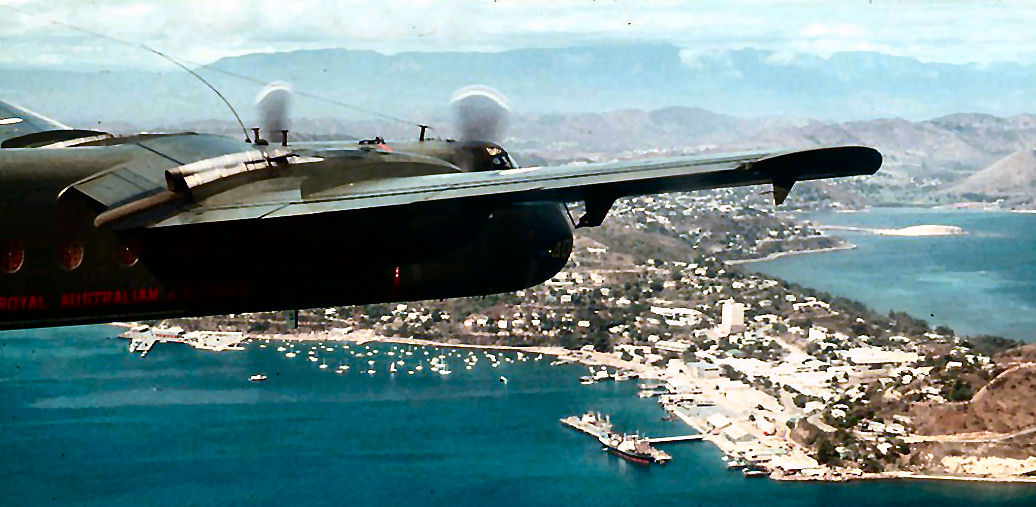
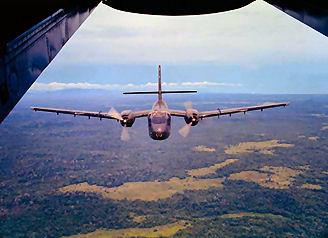 Engines
misfiring were common in tropical operations in PNG and South
Vietnam because of ingress of water to magnetos and other
components. We replaced the port engine the next day and the
defective engine was sent back to Australia for analysis and
follow-up. I never did find out the cause, as by the time
the Air Incident and Technical Defect Investigations were completed
I was in Vietnam with other problems and other aircraft to worry
about.
Engines
misfiring were common in tropical operations in PNG and South
Vietnam because of ingress of water to magnetos and other
components. We replaced the port engine the next day and the
defective engine was sent back to Australia for analysis and
follow-up. I never did find out the cause, as by the time
the Air Incident and Technical Defect Investigations were completed
I was in Vietnam with other problems and other aircraft to worry
about. 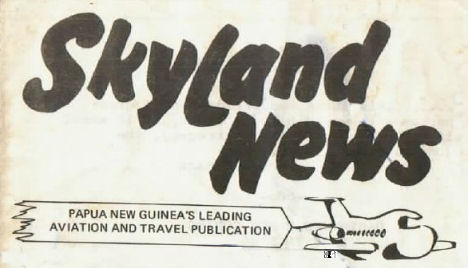
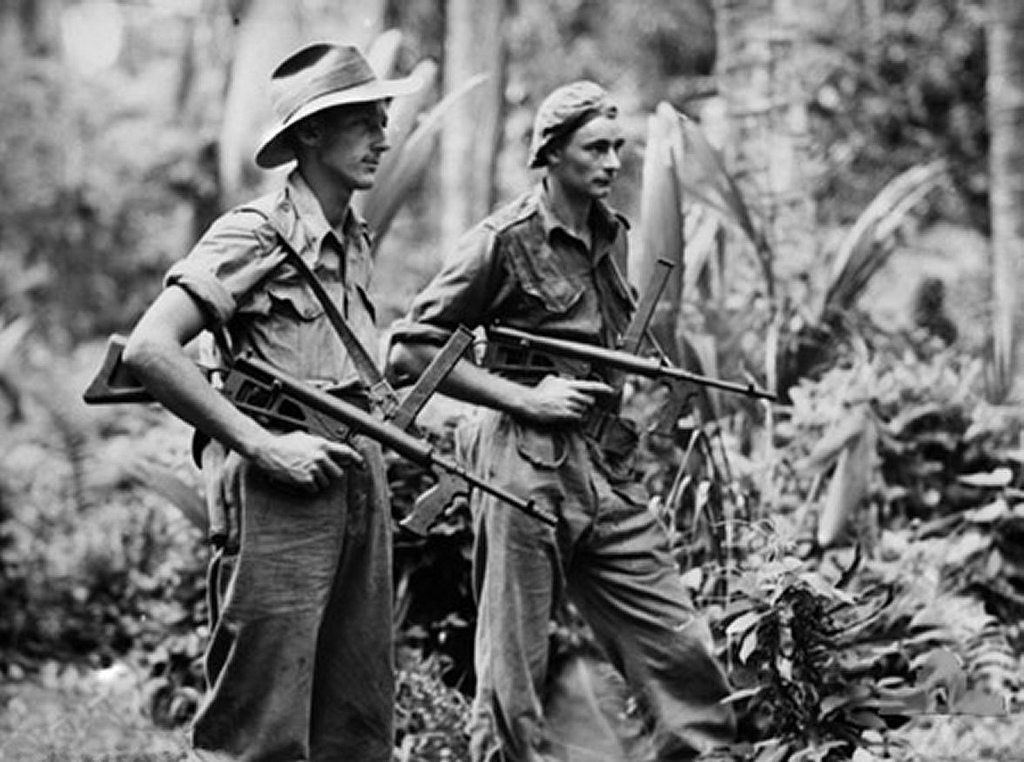 surely think today’s soldier, when
fully kitted out, was some sort of alien. Today’s gear obviously
works and is supported by the intense and worthwhile training that
the Digger gets. In the past, the individual load carriage and
personal protection systems employed by the Australian Defence Force
(ADF) have been sub-optimized to meet the requirements of the entire
organisation. This has meant that there has been one type of combat
uniform and limited types of body armour, irrespective of job or
role.
surely think today’s soldier, when
fully kitted out, was some sort of alien. Today’s gear obviously
works and is supported by the intense and worthwhile training that
the Digger gets. In the past, the individual load carriage and
personal protection systems employed by the Australian Defence Force
(ADF) have been sub-optimized to meet the requirements of the entire
organisation. This has meant that there has been one type of combat
uniform and limited types of body armour, irrespective of job or
role. 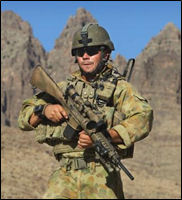
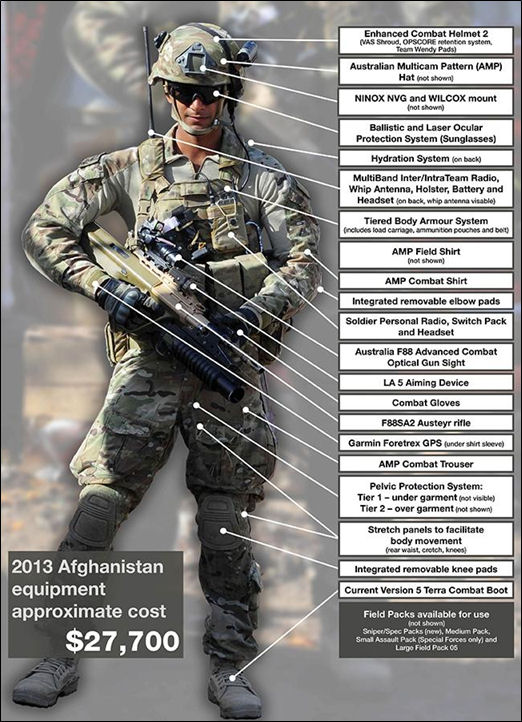
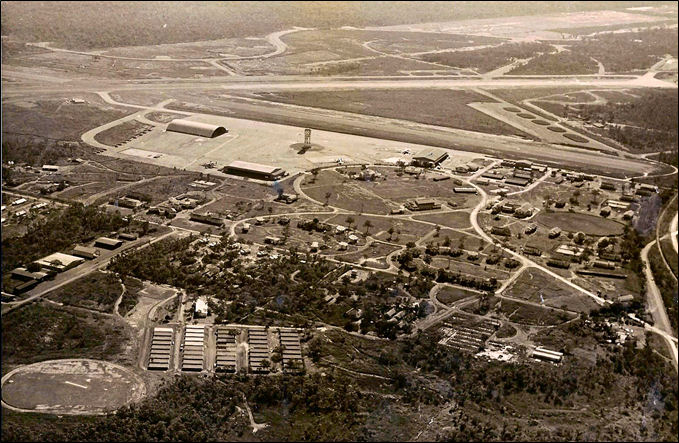


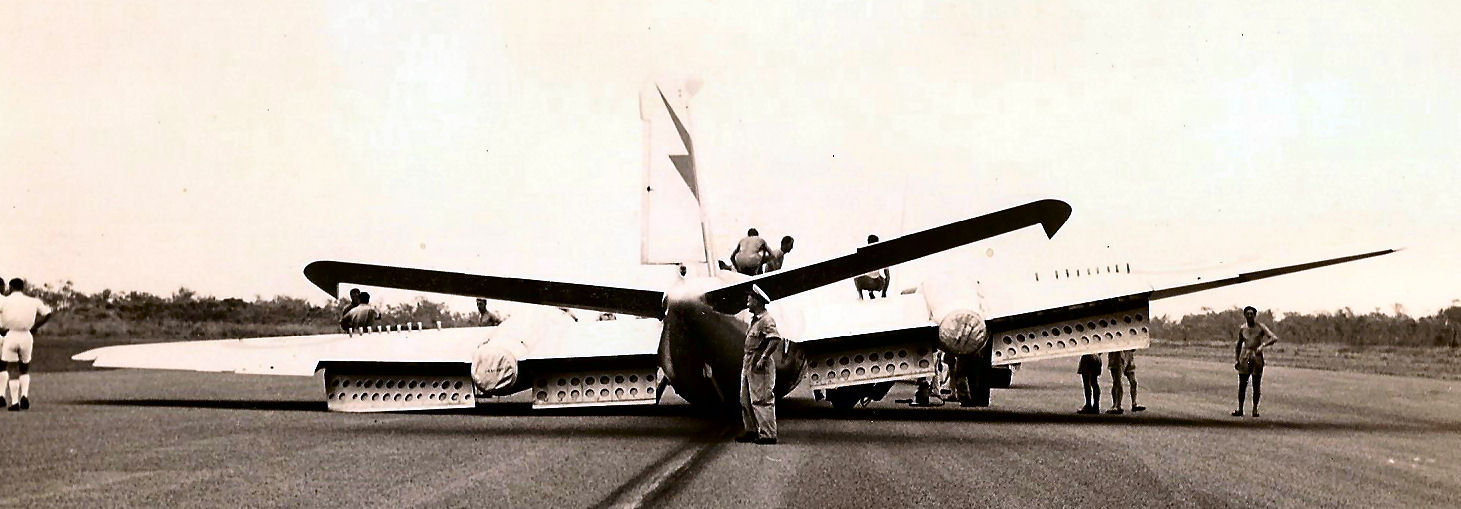
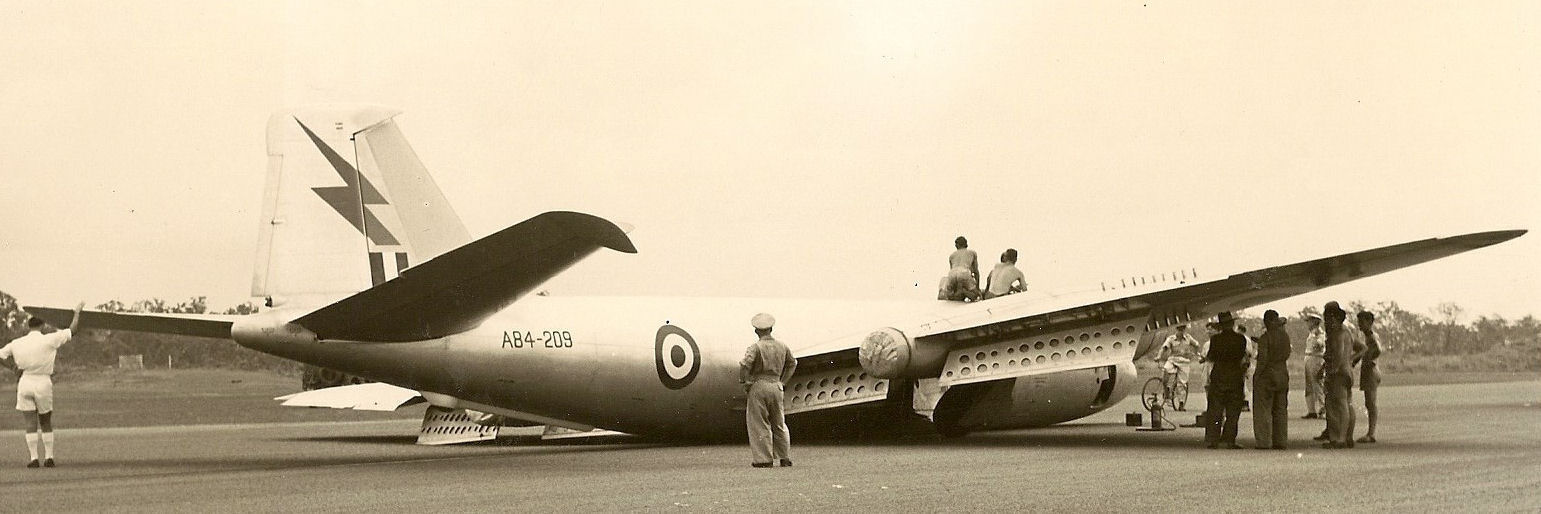
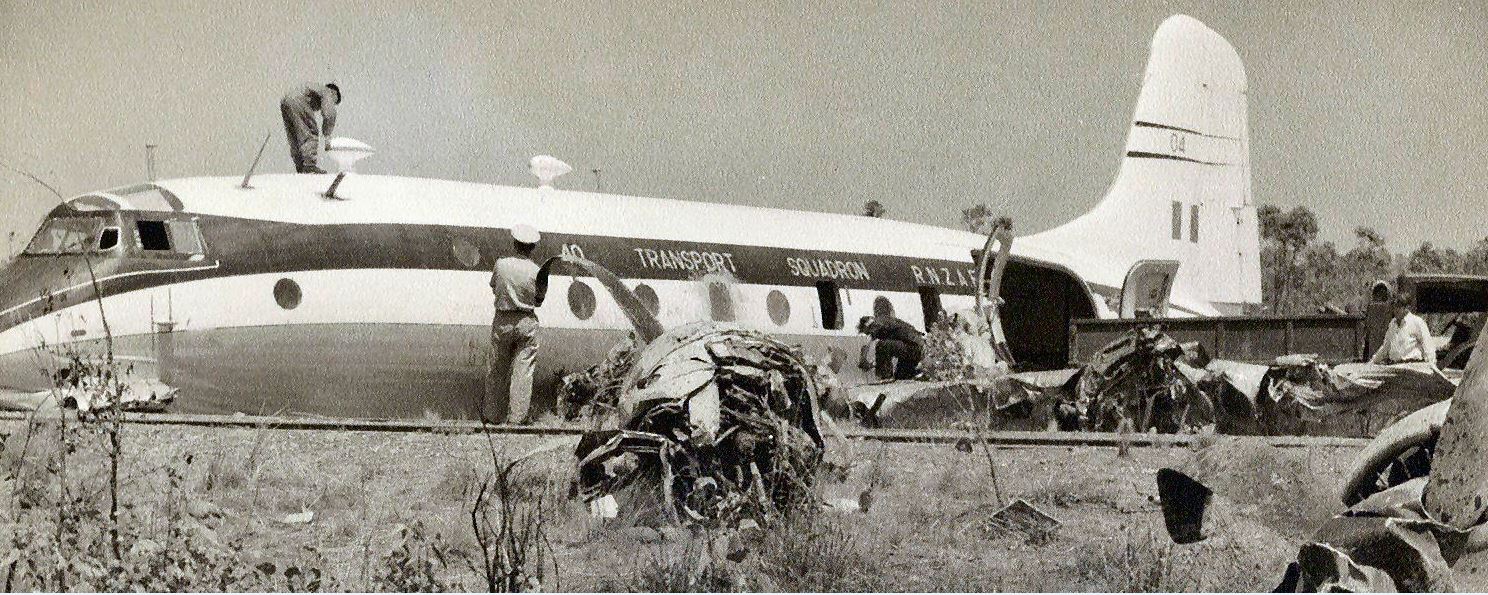
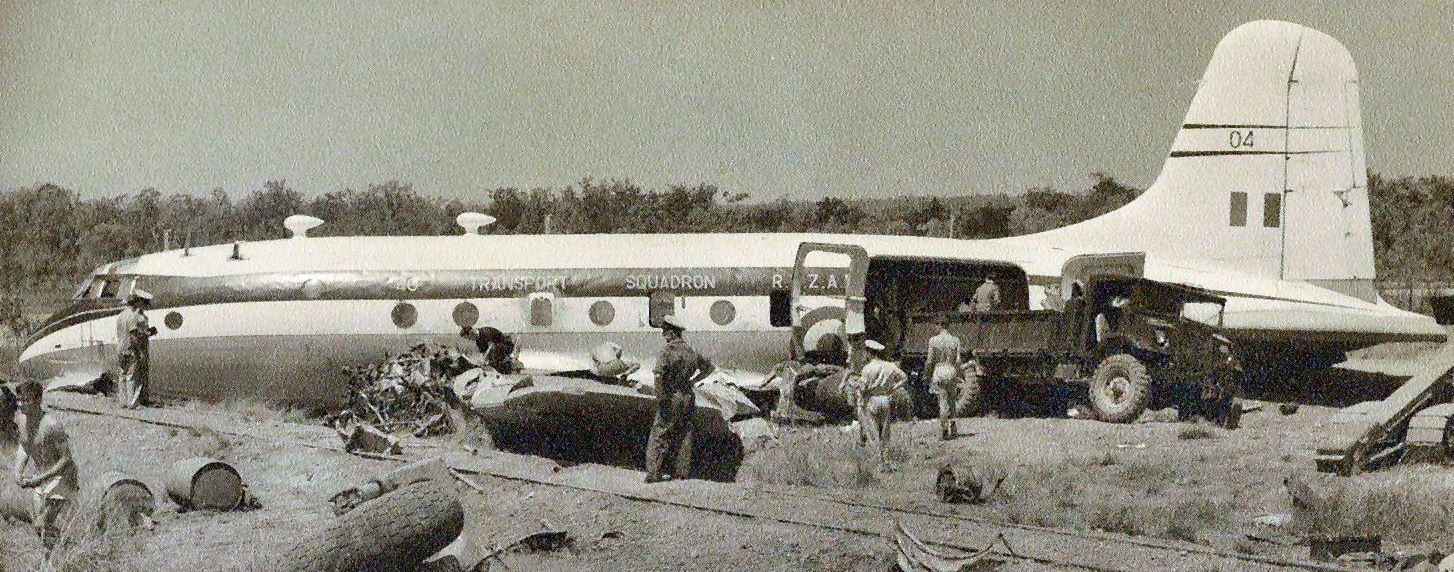
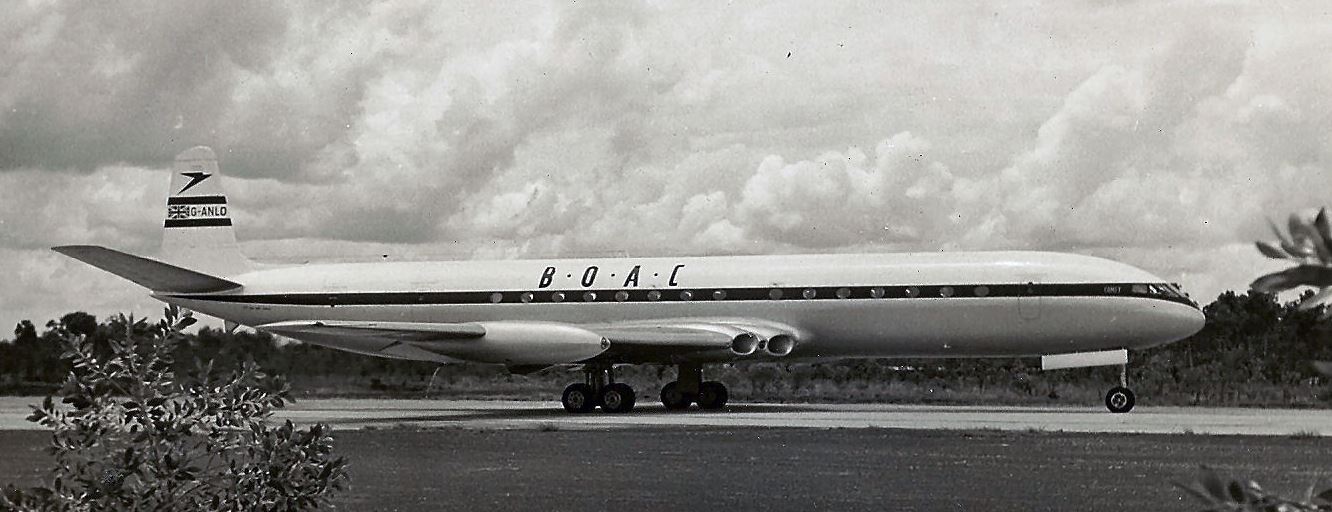
.jpg)
